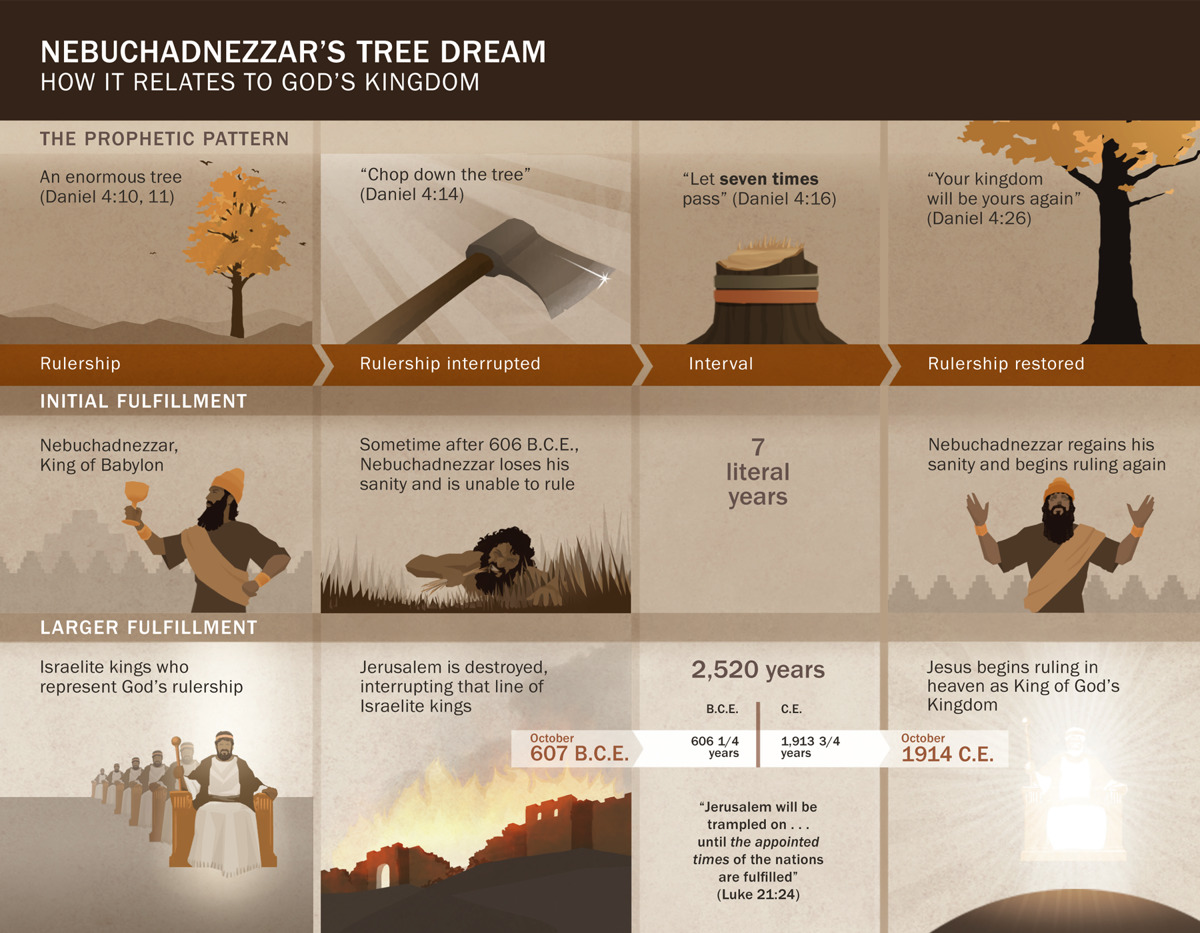Newly Identified Banded Iron Formation Puts Origins Theories on Horns of a Dilemma
Evolution News | @DiscoveryCSC
If you follow the attempts to stave off the design implications of what Stephen Meyer calls Darwin’s Doubt, you’re likely to be familiar with the oxygen theory of the Cambrian explosion. See here, here, and here for discussion of this and other competing proposals. The idea is that the explosion of new animal forms in the enigmatic Cambrian event could not have taken place earlier because the Earth’s oxygen levels were too low to allow it.
When the oxygen rose, this permitted animal life, thus authoring the biological information needed to fuel the design of trilobites and all the remarkable menagerie of new animal life from minimal (or seemingly non-existent) ancestral forms.
The Obvious Rebuttal
Even to state the idea clearly is to understand how ridiculous it is. The obvious rebuttal is that oxygen doesn’t design body plans. But a new study undercuts the oxygen theory at another level, and with a twist.
The banded iron formation, located in western China, has been conclusively dated as Cambrian in age. Approximately 527 million years old, this formation is young by comparison to the majority of discoveries to date. The deposition of banded iron formations, which began approximately 3.8 billion years ago, had long been thought to terminate before the beginning of the Cambrian Period at 540 million years ago….
The Early Cambrian is known for the rise of animals, so the level of oxygen in seawater should have been closer to near modern levels. “This is important as the availability of oxygen has long been thought to be a handbrake on the evolution of complex life, and one that should have been alleviated by the Early Cambrian,” says Leslie Robbins, a [University of Alberta] PhD candidate in [Kurt] Konhauser’s lab and a co-author on the paper.
Remove the “handbrake” and we’re all set for the debut of animals. Their paper is published in Scientific Reports. What’s it all about?
says that the Earth’s early oceans were rich in iron, and BIFs are supposed to indicate that the atmosphere had low oxygen content. That’s because they show oxygen was reacting with iron and precipitating out in ocean sediments instead of building up in the atmosphere. So this find of a Cambrian-, not Precambrian-aged BIF in China is very significant for at least two reasons. Together they land proponents of the oxygen theory, and advocates of materialist theories of the origin of life, on the horns of a painful dilemma.
So Much for the Oxygen Theory
As noted, many claim the Cambrian explosion was triggered by a sudden global increase in oxygen levels. We’ve discussed this many times, observing over and over that oxygen doesn’t generate new genetic information. But such information had to be the proximal cause of the Cambrian explosion. If we take the standard theory about BIFs seriously, then this new evidence ought to indicate that oxygen was LOW in the Cambrian, not high. This Chinese BIF contradicts all claims that there was high atmospheric oxygen in the Cambrian. So much for the oxygen theory.
On the Other Hand
Alternatively, however, maybe oxygen was HIGH in the Cambrian in which case BIFs don’t necessarily indicate low oxygen in the atmosphere. But if that is the case, origin-of-life theorists lose one of their favorite arguments that the Earth’s early atmosphere lacked oxygen in the Archean Eon.
A lack of oxygen in the Archaean atmosphere is important to generating prebiotic organics on the early Earth. If oxygen was present, then there is no viable mechanism for prebiotic synthesis. One of the main arguments for a lack of oxygen in the Earth’s early atmosphere is the presence of BIFs in the geological record of the Archean Eon and the Paleoproterozoic Era, or prior to about 2 billion years ago. But if BIFs can coexist with a high oxygen atmosphere, that argument falls to pieces.
Take your pick. A paradigm open to intelligent design can accommodate either option. For materialists, though, it’s a “Heads you win, tails I lose” situation.
